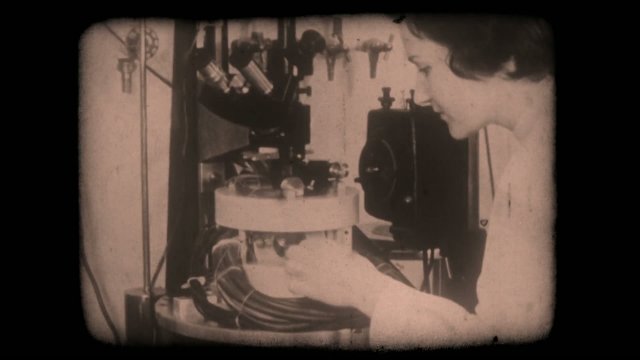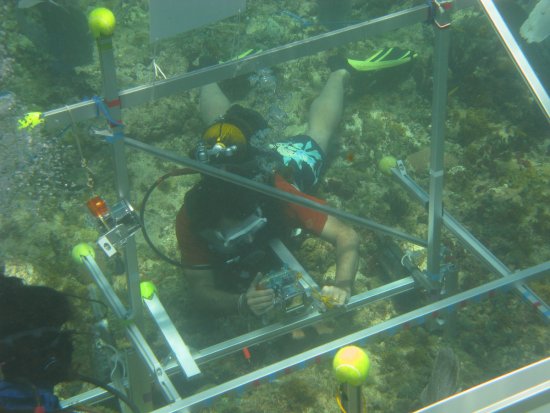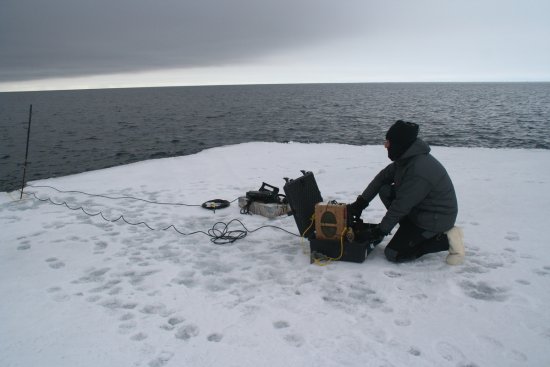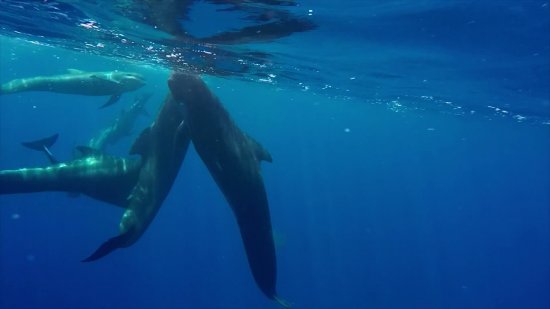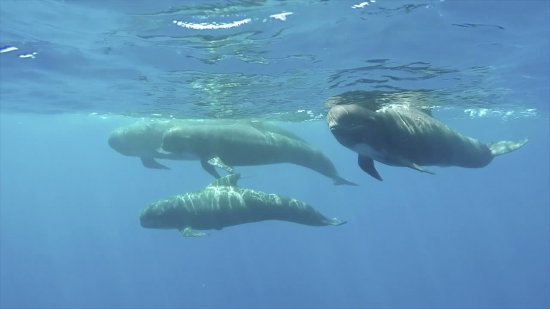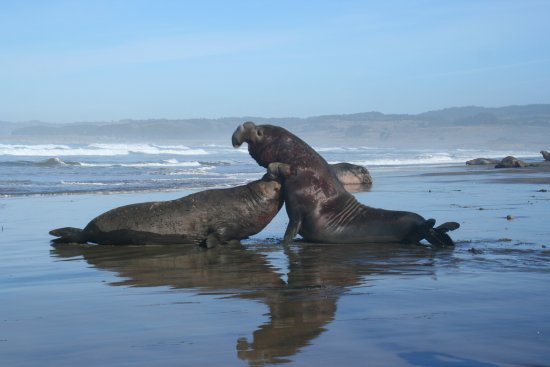Only available for non-commercial distribution
Pas de cession par extrait
© CNRS - 2017
Reference
6457
What Sounds Could the Ancestor of the Whale Hear? ZdS#5
Series title
Zeste de scienceThe Youtube channel Zeste de science explores all aspects of scientific research, proving that even the most complicated scientific facts can be explained in less than 5 minutes, and that even the most seemingly trivial events of everyday life, if thoroughly studied, can contribute to the biggest technological advances.
Episode 5: The evolutionary history of cetaceans turns out to be more complicated than it first seemed. Whales are now sensitive to ultrasonic and infrasonic sounds, but that was not always the case. Palaeontologists from Montpelier have proven that the ancestor of the whale - the protocetid - had a very different hearing range. Observing a 45 million-year-old fossilised ear of one of them has shown that protocetids could not hear such sounds, but were able to hear both outside and inside the water, which is characteristic of amphibians.
Duration
Production year
Définition
Color
Sound
Version(s)
Original material
The use of media visible on the CNRS Images Platform can be granted on request. Any reproduction or representation is forbidden without prior authorization from CNRS Images (except for resources under Creative Commons license).
No modification of an image may be made without the prior consent of CNRS Images.
No use of an image for advertising purposes or distribution to a third party may be made without the prior agreement of CNRS Images.
For more information, please consult our general conditions




